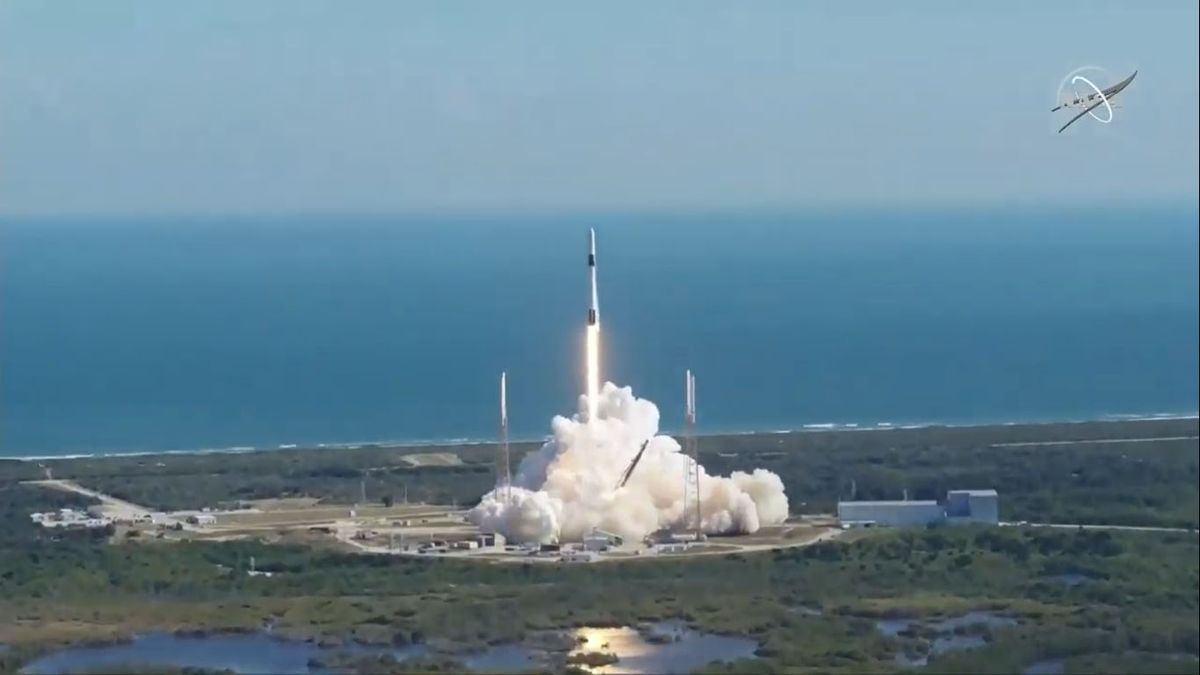- Joined
- 6 November 2010
- Messages
- 5,263
- Reaction score
- 5,515
That still does not take care of the threshold problem. With a dim light source, if your interval is too short, the light collected on the sensor is not enough to trigger the sensor to do anything at all. Which means, for that interval, there is no information to add. Reset the sensor, and you start from scratch. Pick a longer interval, and the streaks from passing satellites play havoc with detecting the light from the dim source. For deep space imaging, exposure can range into tens of minutes, or longer.
Last edited:

